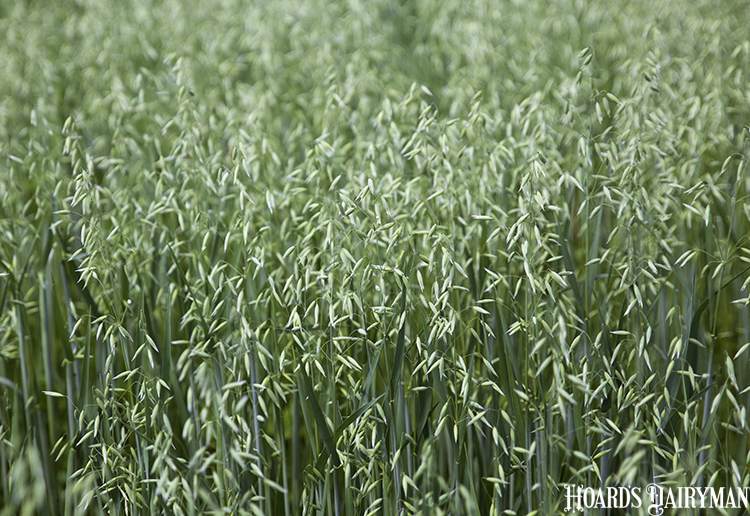
Several years in a row with unusual weather events — including extremes in cold, hot, dry, and wet conditions — take a toll on perennial crops.
“Wacky weather in general is not conducive to forages performing well,” said Kim Cassida, a forage specialist for Michigan State University, during a Field Crops Virtual Breakfast presentation. She explained that challenging growing conditions year after year cause cumulative stress in perennial crops.
One of the current stressors she addressed is the large drought area spanning many regions of the U.S. This drought is influencing forage yields and availability. Cassida pointed to USDA data that indicates forage supplies were down 14% in May from the year before. Weather played a role in this reduced inventory, along with high corn prices.
“When the price of corn goes up, farmers tend to take hay acres out and put them into corn,” Cassida shared.
In particular, she said that Excellent or Premium quality hay is in very short supply, and it has been for the past three years because of weather conditions that have made it difficult to make good quality hay. Overall hay yields have been declining since 2015.
Cassida offered producers a few options to help boost forage production when supplies are short. One opportunity is double cropping corn silage and small grains. She said these small grains would be harvested as a forage, and winter triticale and rye are best suited for this.
To do this in the Midwest, a farm would plant corn in mid- to late May, chop corn silage in August or early September, and then plant the small grain in September. The forage would be chopped in early May at the flag leaf stage before corn is planted again in the spring.
“It is very important to remember in this system that this crop is not being treated as a cover crop. While it serves a purpose as a cover crop because you are covering the soil, you are managing these small grains as an optimized forage crop,” Cassida advised.
She said good seedbed preparation, weed control, and a precise seeding rate are required. Fertilizers should also be applied according to needs determined by a soil test.
A second option is to double crop an annual forage after wheat harvest.
“Because you have land that is idle for part of the year, that’s an ideal place to try to put a forage in,” Cassida said. “After a wheat crop comes off, we have a window of opportunity up to three months long of pretty good growing weather, and we have forage options that can fit into that window.”
Since this is a forage crop that will be harvested the same year, before winter comes, plants must emerge quickly and grow. Cassida recommended the use of oats, spring triticale (which will come out of the ground faster than the winter variety), teff, Italian or annual ryegrass, crabgrass, of brassicas (turnip, radish, and rape).
Watch for nitrates
When harvesting during drought, nitrate toxicity can be a danger. Nitrogen application during drought can enhance this risk, and Cassida said corn, sorghums, sudangrass, and millets are very prone to this.
“You cannot fertilize your way out of a drought,” Cassida explained. “Maintain good soil fertility throughout the life of perennial stands so that you are ready when these adverse weather conditions happen.”
Any time feed is harvested during a drought, Cassida said to always test suspect forages before feeding or grazing. Ensiling can reduce the risk, but the levels can still be toxic.
“It’s better to be safe than sorry. Test it first,” Cassida advised.








